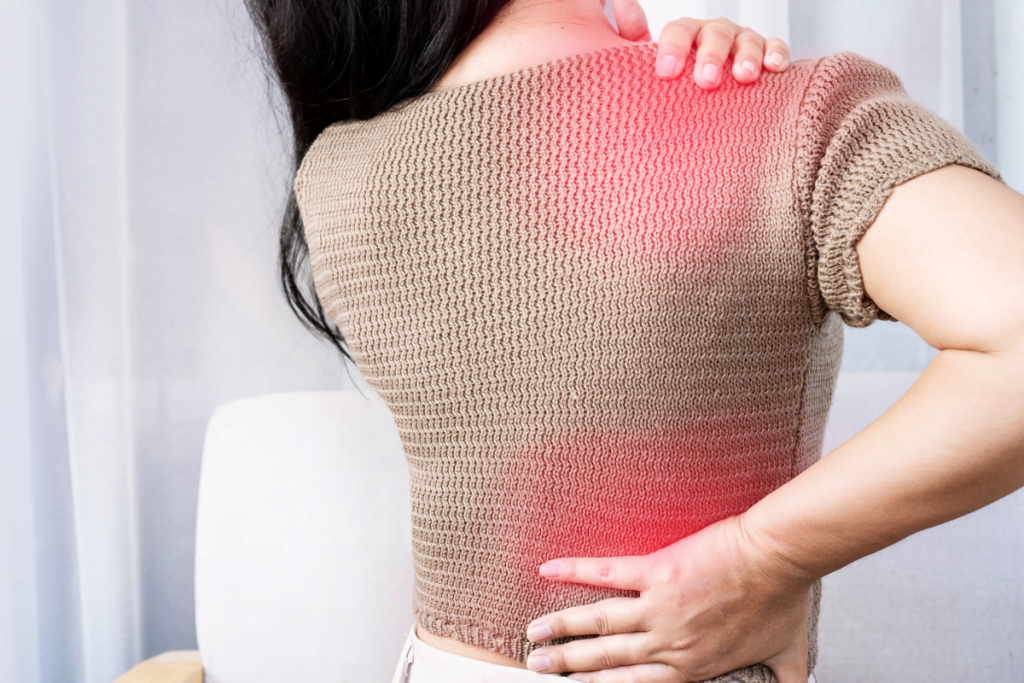Massage therapy has gained widespread recognition for its efficacy in relieving muscle tension and discomfort. Whether it’s tight muscles from an intense workout, stress-induced muscle hypertonicity, or discerning between muscle adhesions vs. knots, massage therapy employs a variety of approaches to address these issues, enhancing overall well-being.
Understanding Muscle Tension and Discomfort
Muscle tension occurs when muscles are partially contracted for extended periods. Factors like physical activity, poor posture, and emotional stress can contribute to this condition. Tight muscles result in pain, stiffness, and a reduced range of motion, impacting daily life and overall quality of life. Hypertonic muscles, which are abnormally toned or tight, often arise from repetitive stress or overuse, causing significant discomfort and affecting normal muscle function.
Benefits of Massage Therapy
Massage therapy provides many benefits for reducing muscle tension and discomfort. The primary advantages include:
Improved Circulation
Massage can boost blood circulation to the affected muscles, promoting healing and reducing swelling. When a massage therapist applies pressure and manipulates muscles, blood vessels dilate, enhancing circulation. This increased blood flow delivers more oxygen and nutrients to muscles.
Improved circulation also aids in eliminating metabolic waste products like lactic acid, which contribute to muscle soreness and fatigue. By enhancing circulation, massage therapy supports quicker recovery and lessens inflammation, which is particularly beneficial after intense exercise or injury.
Pain Relief
Massage therapy alleviates pain and discomfort by targeting tight and hypertonic muscles. It achieves pain relief through various mechanisms. Firstly, the physical manipulation of muscle tissue reduces tension and stiffness, common sources of pain. Additionally, massage encourages the production of endorphins, the body’s natural painkillers.
For those with conditions like fibromyalgia or chronic lower back pain, regular massage therapy sessions can offer substantial, long-term relief.
Enhanced Flexibility
Consistent massage can enhance muscle flexibility, not only easing movement but also lowering the risk of injury. Massage therapy stretches and lengthens muscle fibers, increasing their flexibility. This benefit is particularly useful for athletes or individuals with physically demanding lifestyles, as improved flexibility can boost performance and reduce the risk of strains or sprains.
By breaking down adhesions (scar tissue) and promoting a fuller range of motion in the joints, massage therapy ensures that muscles and connective tissues function at their best.
Stress Reduction
Massage therapy not only addresses physical issues but also helps reduce stress, a common cause of muscle tension. Receiving a massage induces relaxation both mentally and physically. The calming environment and the therapist’s touch help soothe the nervous system and reduce cortisol levels, lowering anxiety and boosting overall well-being.
Furthermore, massage therapy can improve sleep quality, an essential aspect of stress management.
Techniques for Addressing Muscle Tension
Several massage techniques can help alleviate muscle tension and discomfort:
- Swedish Massage: This popular method uses long, gliding strokes and kneading to relax the entire body. It’s particularly effective for loosening tight muscles and improving circulation.
- Deep Tissue Massage: Ideal for addressing persistent muscle tension, this technique targets deeper layers of muscle and surrounding tissue.
- Trigger Point Therapy: This method focuses on specific areas of muscle tightness, known as knots, and provides relief through sustained pressure.
- Myofascial Release: This technique targets muscle adhesions, using gentle stretching and massage to loosen fibrous bands and enhance mobility.
Choosing the Right Massage Therapy
Selecting the appropriate massage therapy depends on your specific needs and the nature of your muscle tension. For general relaxation and relief from tight muscles, a Swedish massage might suffice. However, for more severe issues like hypertonic muscles or persistent pain, deep tissue massage or specialized therapy may be necessary.
Integrating Massage Therapy into Your Routine
To maximize the benefits of massage therapy, it’s useful to integrate it into your regular health and self-care regimen. Regular sessions can maintain muscle flexibility, reduce stress, and prevent the recurrence of muscle tension and discomfort.
Combining massage therapy with other treatments like physical therapy, stretching exercises, and proper hydration can further enhance its effectiveness.
Takeaways
Massage therapy is an invaluable tool for relieving muscle tension and discomfort. Regular, customized massage sessions can significantly contribute to maintaining muscle health, reducing discomfort, and promoting relaxation, making it an essential part of a holistic approach to well-being.
Frequently Asked Questions (FAQs)
How can stiff and tight muscles result in back pain?
Stiff and tight muscles can create imbalances and strain in the musculoskeletal system. When muscles are tight, they limit range of motion and flexibility, forcing other muscles and joints to compensate. This can lead to overuse and stress on the spine, especially in the lower back. Tight muscles can also compress nerves, causing radiating pain and discomfort. Chronic muscle tension can affect posture, further exacerbating back pain and potentially leading to long-term issues if left unaddressed.
How to release chronically tight muscles?
Releasing chronically tight muscles involves several techniques aimed at reducing tension and improving flexibility. Regular massage therapy is highly effective, targeting specific areas of muscle tightness and promoting relaxation. Stretching exercises, particularly those focusing on affected muscles, can help elongate and release tension. Incorporating yoga and Pilates can enhance overall muscle flexibility and strength. Heat therapy, such as warm compresses or heating pads, can also relax muscles and improve blood flow.
How to get rid of tight muscles?
Eliminating tight muscles requires a multifaceted approach that includes immediate and long-term strategies. Immediate relief can be achieved through massage therapy, which targets tight muscle fibers and loosens them. Regular stretching and flexibility exercises should become part of your daily routine to prevent tightness. Proper hydration and a balanced diet provide nutrients to support muscle health. Practicing good ergonomics and posture during daily activities can also help prevent muscle strain.
